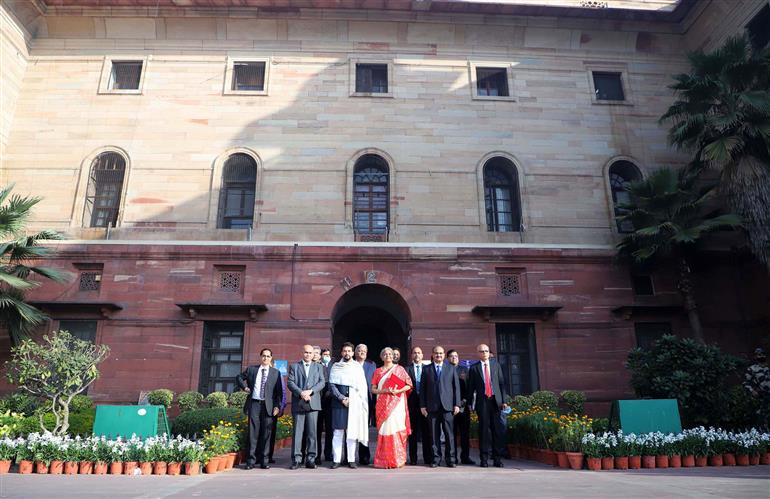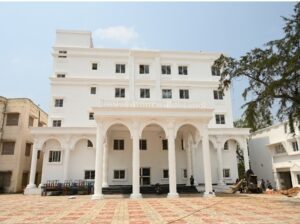New Delhi: National Highways Authority of India (NHAI) has signed Memorandum of Understanding (MOU) with IIT Kharagpur for research project on Laboratory and Field investigations on Paneled Cement Concrete Pavements for Highways. NHAI in collaboration with IIT Kharagpur will promote to develop a technology to construct Panelled Cement Concrete (Pre-fabricated in a small panel size) which can replace the design of construction of existing cement concrete road.
The Paneled concrete pavement laid on a lean concrete base can fulfil the Government of India’s dream of providing long lasting maintenance free pavement at a cost on par with those of asphalt pavements. Such pavements laid at a few places in India have given good service when used as an overlay over a bituminous layer commonly termed as White Topping (WT) but an extensive study is required to formulate the design practices for its use in wider perspective.
The duration of the research project is three years and NHAI have paid Rs. 1.25 crore for the project, excluding cost of construction of trial pavement section on NH. Panelled Cement Concrete (Pre-fabricated in a small panel size) has potential to replace the design of construction of existing cement concrete road and reduce maintenance cost while enhancing their longevity.
In India, the highways are generally paved with Bituminous (Asphaltic Concrete) material produced from refineries. However, it has been experienced that these highways are prone to damage and need frequent maintenance due to adverse climatic conditions such as rain and hot weather prevailing in the country. Therefore, to overcome this problem, the Government of India has recently announced a policy for the construction of concrete pavements for all major highways due to their longevity and maintenance free life.
Traditionally and as per the current practices, the construction of these highways requires a monolithic (in-situ) layer of cement concrete normally 300 mm thick laid continuously over the prepared surface, therefore, an innovation is required to optimize the design of concrete pavement in its traditional form which can facilitate faster construction at much cheaper cost, thus, consuming less natural resources and promote Green Highways in the country. Any saving in design and construction with the help of new technology will not only entail huge investment but also save consumption of substantial quantity of natural resources used for production of cement and stone aggregates.







